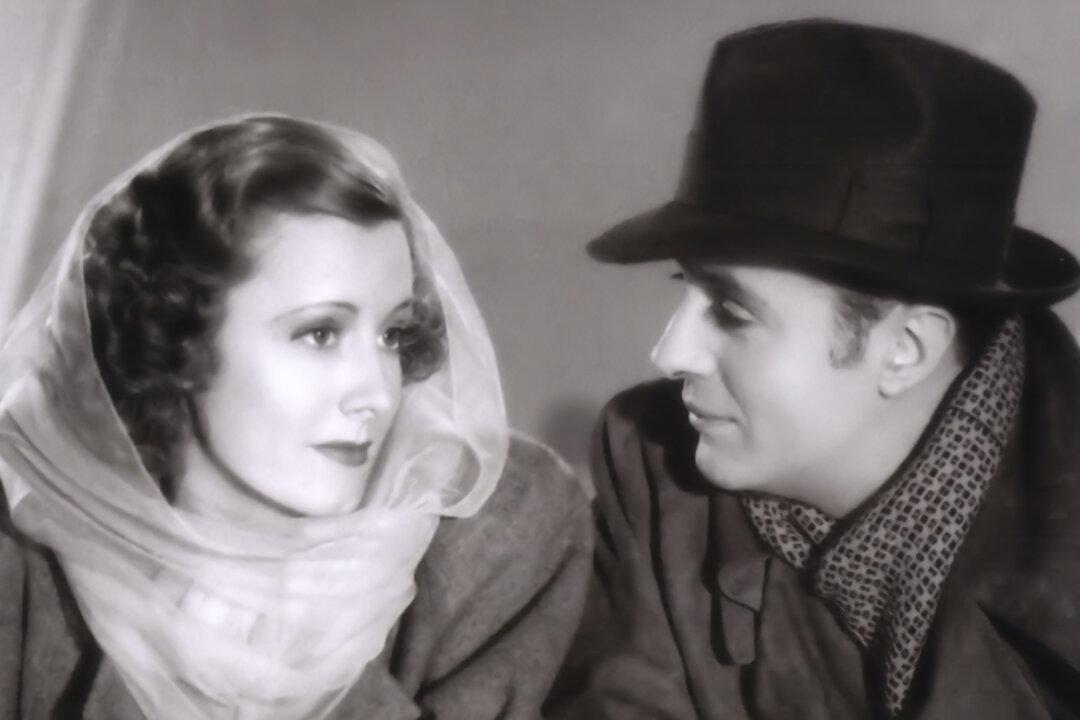Commentary
It’s not often that one director makes two versions of the same movie—yet that’s just what Leo McCarey did. This Irish-American is perhaps best remembered for his two Catholic pictures starring Bing Crosby as a musical priest, “Going My Way” (1944) and “The Bells of St. Mary’s” (1945). In the 1930s, he was generally considered a comedy director. However, in 1939, he turned his hand to more serious fare after taking a cruise with his wife to combat writer’s block. The result was the tender romantic film “Love Affair” (1939), which would receive an Academy Award nomination for Best Picture.





